Product Consultation
Your email address will not be published. Required fields are marked *
Nylon multifilament yarn is composed of multiple continuous filaments twisted together to form a single yarn strand. This type of yarn is widely used in textiles, industrial fabrics, ropes, and technical applications due to its strength, elasticity, and abrasion resistance. Ensuring uniformity and strength stability during production is essential to achieve consistent quality, reliable performance, and minimal defects in downstream processing. The production process involves extrusion, drawing, texturizing, and winding, each of which impacts the yarn’s physical properties and performance characteristics.
The foundation for uniform and stable nylon multifilament yarn lies in the quality of the raw polymer. Selecting high-purity nylon chips with consistent molecular weight distribution and low levels of contaminants reduces the risk of filament breakage and uneven yarn properties. The moisture content of the polymer must be carefully controlled, as excess moisture can cause hydrolysis during melting, reducing yarn strength. Manufacturers often pre-dry the chips using controlled temperature and airflow systems to ensure optimal moisture levels before extrusion.
The extrusion process converts nylon chips into continuous filaments through a heated spinneret. Maintaining precise control over temperature, pressure, and spinneret condition is critical for uniform filament diameter and consistent molecular orientation. Temperature fluctuations or blockages in the spinneret holes can lead to variations in filament thickness and tensile strength. Advanced extrusion systems use real-time monitoring of melt flow and temperature to maintain consistent conditions, ensuring that each filament exhibits uniform mechanical properties.
After extrusion, filaments must be cooled and solidified in a controlled manner. Cooling speed and airflow distribution affect the molecular orientation and crystallinity of the filaments, which in turn influences tensile strength and elongation. Uniform cooling prevents differential shrinkage or uneven cross-sections that can lead to weak spots. Water quenching or air-cooling systems are often employed with adjustable flow rates and temperature control to achieve consistent filament properties across the yarn bundle.
Drawing stretches the filaments to align polymer chains, enhancing tensile strength and modulus. Maintaining uniform draw ratios and tension across all filaments is essential for consistent strength. Any variation in speed, tension, or temperature during drawing can result in uneven orientation and variable yarn strength. Multi-stage drawing systems with feedback control ensure that all filaments undergo the same degree of stretching, which stabilizes the yarn’s mechanical properties and reduces filament breakage during subsequent processing.
Texturizing and twisting introduce crimp or twist into the yarn, improving bulk, elasticity, and handling characteristics. Uniform application of twist or texturizing heat prevents localized weak points. Inconsistent texturizing can cause differences in yarn diameter, tensile strength, and appearance. Automated systems measure tension and speed to maintain even filament distribution and twist consistency, resulting in a yarn that performs predictably in weaving, knitting, or industrial applications.
During winding, filaments are collected onto bobbins or cones under controlled tension. Proper tension regulation prevents filament overstretching or slack, which can compromise yarn strength and uniformity. Uneven winding can lead to tangles, loops, or weak spots that impact downstream processing. Electronic winding systems with real-time tension monitoring ensure that the yarn is wound uniformly, maintaining consistent strength and reducing the risk of defects.
Regular quality checks throughout production are essential for maintaining uniformity and strength stability. Filament diameter, tensile strength, elongation, and yarn count are commonly measured using optical, mechanical, and electronic testing devices. Statistical process control methods help detect deviations early, allowing for immediate correction. Advanced systems may include in-line monitoring for filament diameter, tension, and surface defects, ensuring that any inconsistencies are addressed before the yarn reaches the final winding stage.
Production environment conditions such as temperature, humidity, and air cleanliness can influence nylon multifilament yarn properties. High humidity can lead to moisture absorption, reducing yarn strength, while dust or particles can create surface defects. Maintaining stable environmental conditions in the extrusion, drawing, and winding areas supports consistent yarn quality. Additionally, routine maintenance of machinery, lubrication of moving parts, and calibration of sensors contribute to the reliability and uniformity of the final product.
Automation and process optimization play significant roles in achieving uniformity and strength stability. Computer-controlled extrusion, drawing, and winding systems allow precise control of temperature, speed, tension, and other parameters. Automated feedback loops detect deviations in real time and make adjustments, minimizing human error and maintaining consistent yarn properties. Optimization of process sequences and parameter settings based on historical production data helps achieve repeatable quality standards for nylon multifilament yarn.
| Factor | Impact on Uniformity | Impact on Strength Stability |
|---|---|---|
| Raw Material Purity | Ensures consistent filament formation | Reduces risk of weak spots or filament breakage |
| Extrusion Temperature | Maintains uniform diameter | Prevents uneven molecular orientation |
| Cooling Method | Controls filament cross-section | Stabilizes tensile strength and elongation |
| Draw Ratio and Tension | Aligns filaments consistently | Enhances mechanical strength uniformly |
| Texturizing Process | Prevents diameter variation | Maintains elasticity and structural integrity |
| Winding Tension | Prevents slack or loops | Reduces risk of localized weak points |
| Environmental Conditions | Reduces surface defects | Prevents moisture-related strength loss |
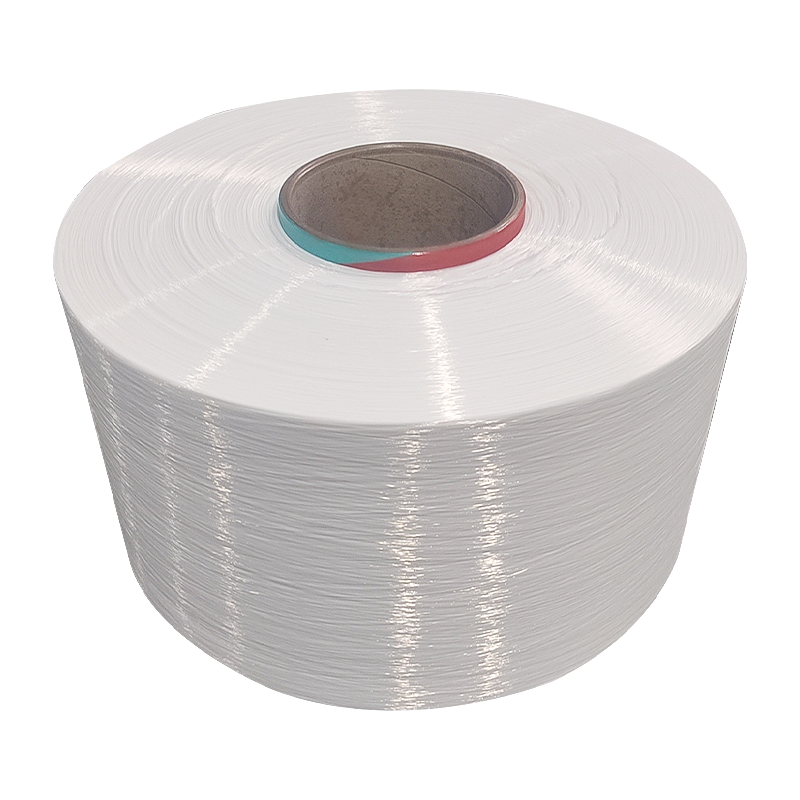
Is color difference control and batch stability guaranteed for nylon mother yarn?
2025-10-15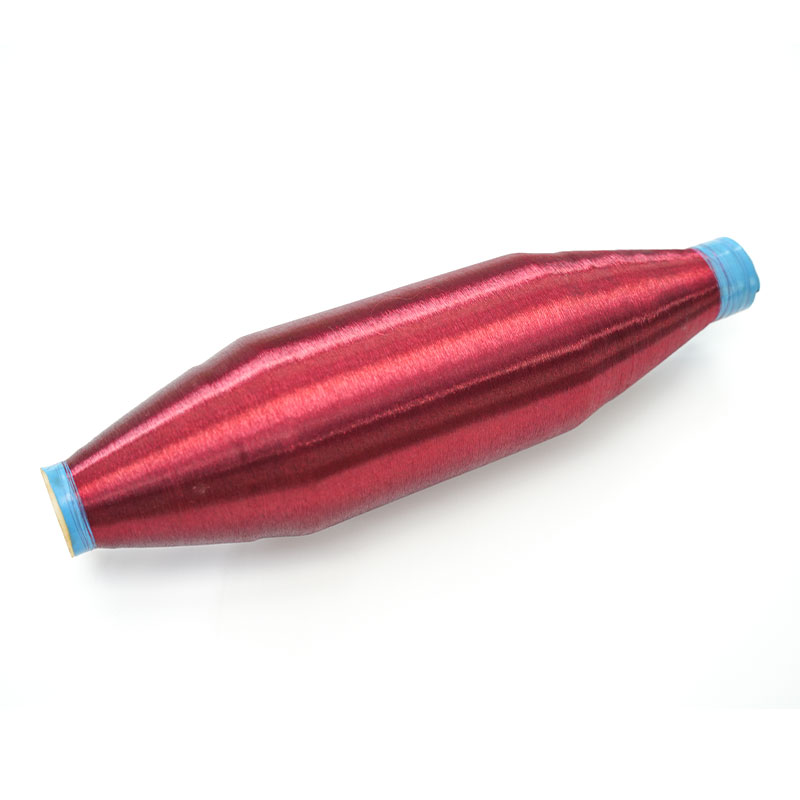
How fast does biodegradable yarn degrade under different environmental conditions?
2025-11-05Your email address will not be published. Required fields are marked *
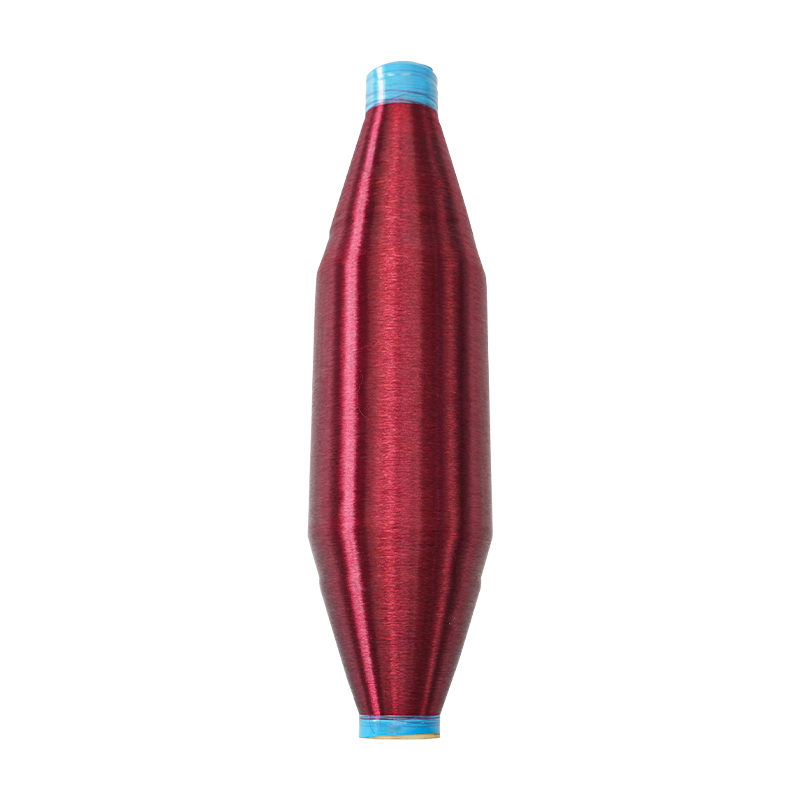
Biodegradable nylon yarn biodegrades faster in the environment than traditional synthetic fibers, helping to reduce negative environmental impacts. It also has the properties of nylon fiber, such as h...
See Details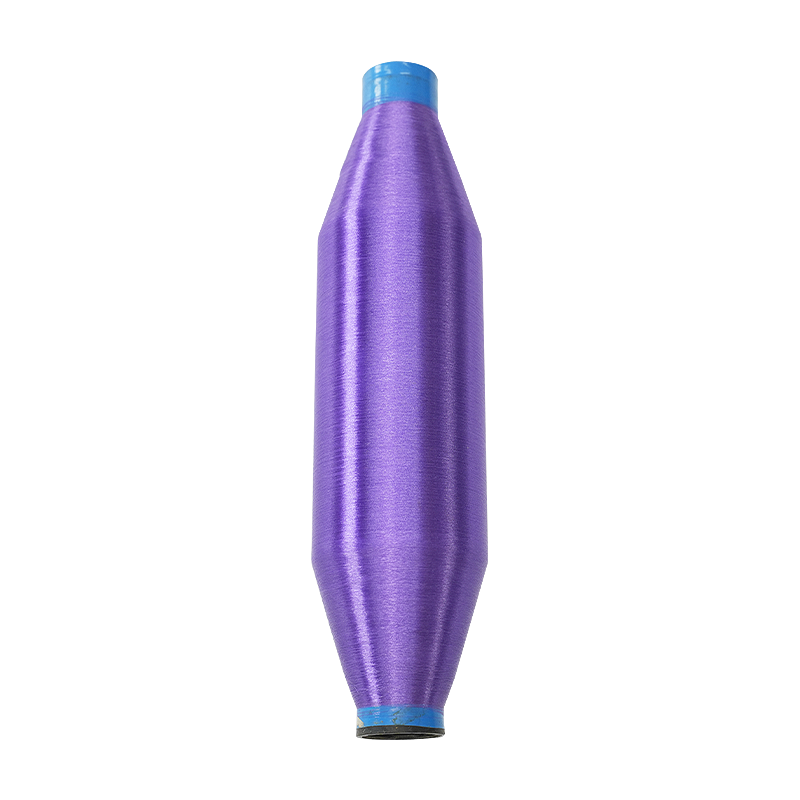
Single Strand Biodegradable Yarn is a single-strand structure, consisting of a single fiber bundle with no multiple strands tangled together. This structure makes the yarn softer, and smoother and exh...
See Details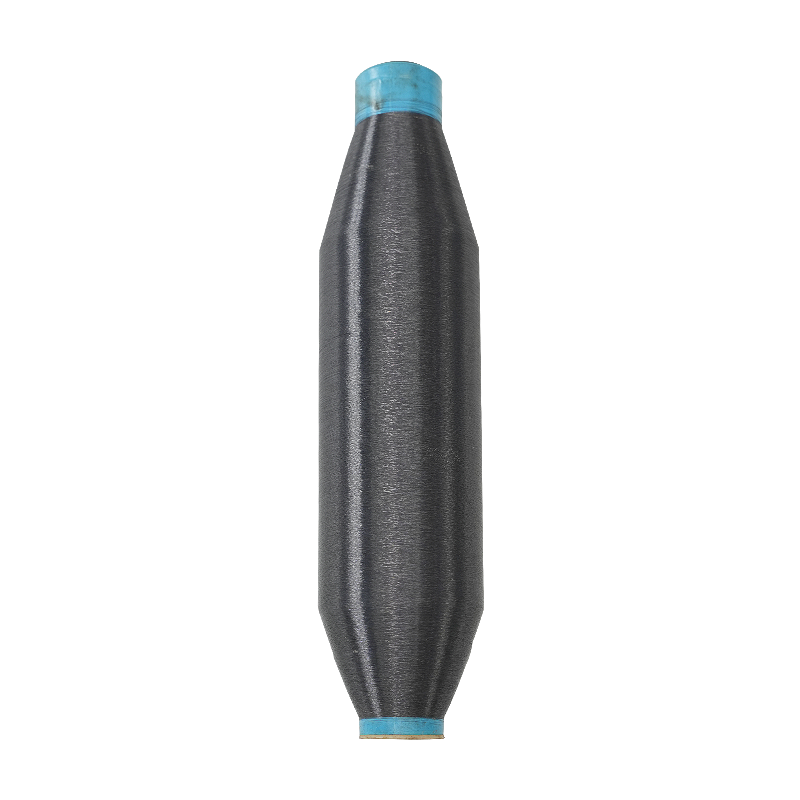
Nylon is a synthetic fiber with good strength and wear resistance, so 40D biodegradable yarn inherits the properties of nylon fiber. It has tensile strength, abrasion resistance and corrosion resistan...
See Details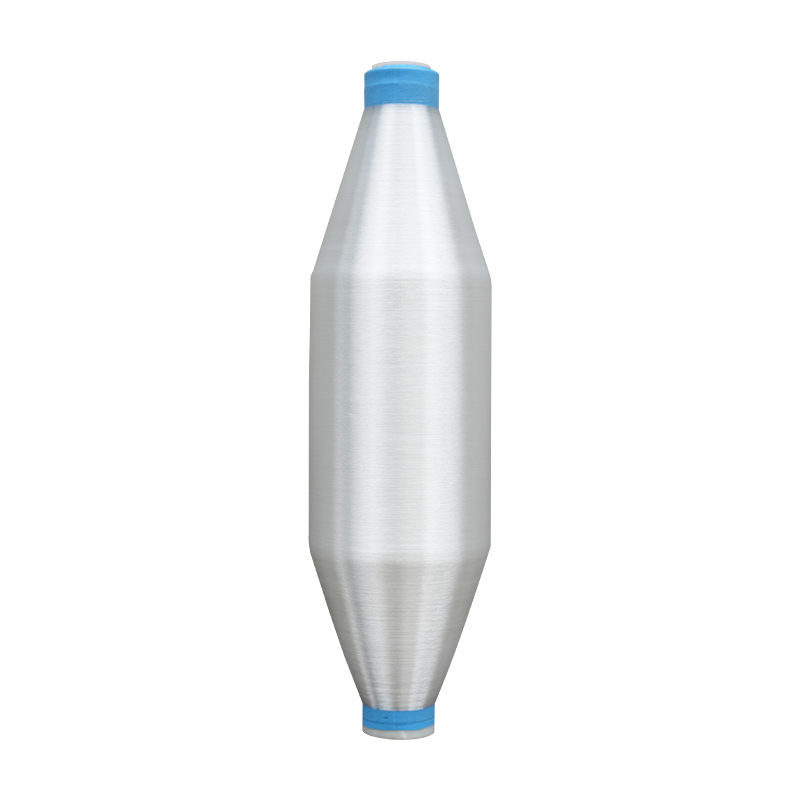
60D woven Antiviral Yarn is thin overall and suitable for making light and soft textiles. Nylon fiber has a soft feel and good breathability. This yarn is usually used to weave fabrics and can be made...
See Details
300D Nylon Mother Yarn is made of nylon material, a synthetic fiber with abrasion resistance, strength and durability. It is therefore suitable for manufacturing various types of textiles, such as clo...
See Details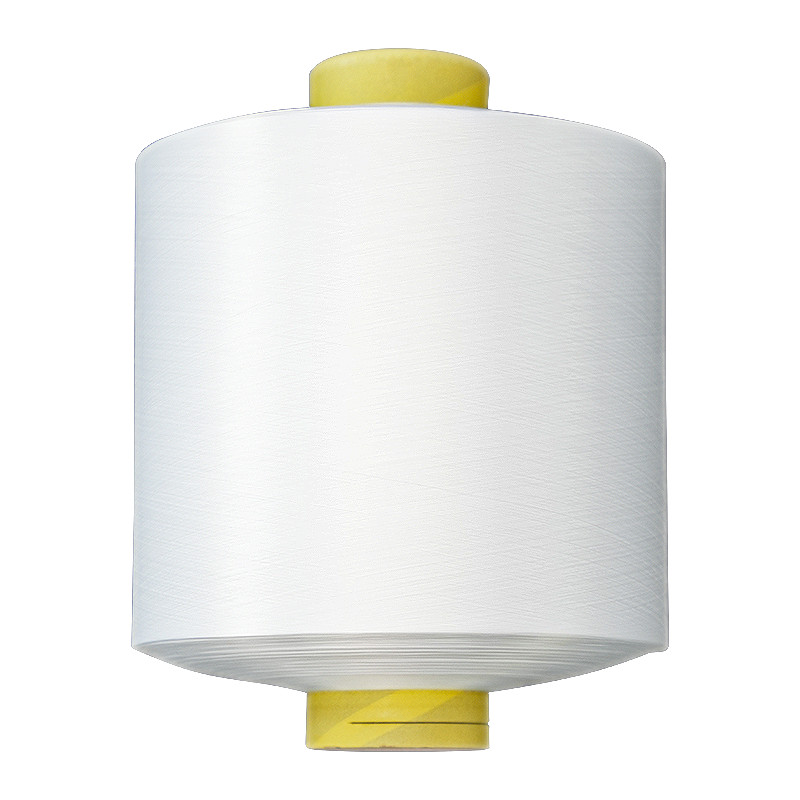
Nylon stretch sportswear yarn is a yarn used to make sportswear and other clothing that require high breathability. Nylon fiber has good breathability, which helps to wick away perspiration and keep t...
See Details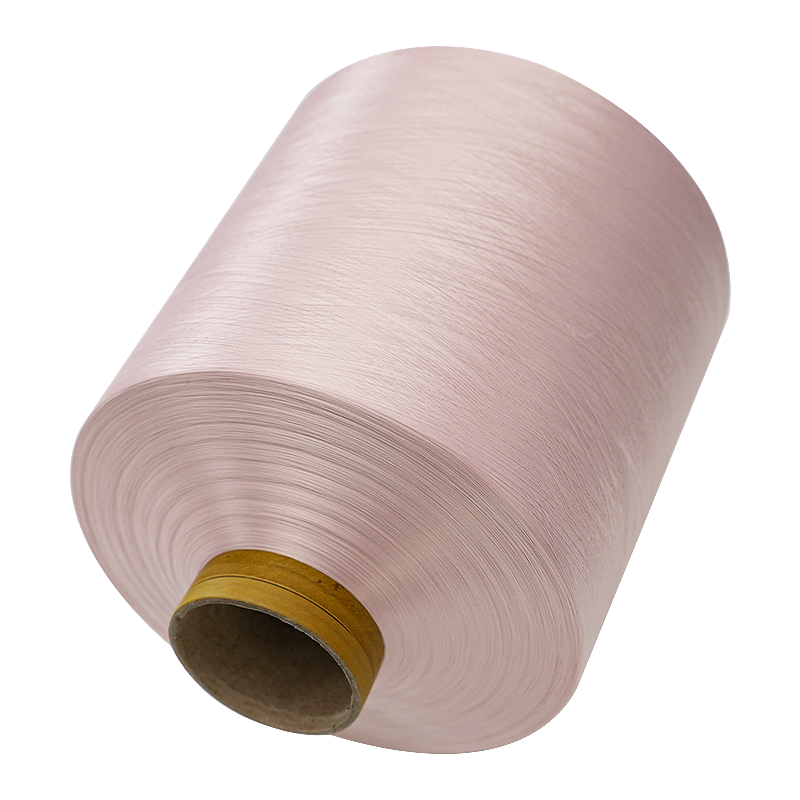
Double-strand nylon elastic yarn is a composite yarn composed of two strands of yarn. It has high strength, maintains stable performance even in a stretched state, and is not easy to break or deform. ...
See Details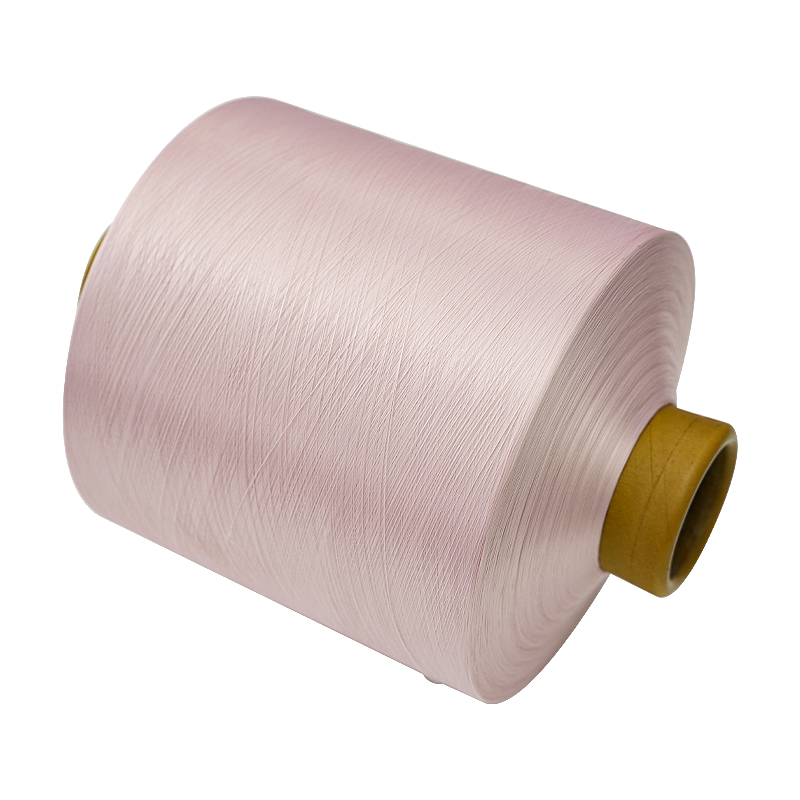
Fabrics made using Nylon elastic yarn for Weaving are lightweight, soft, comfortable and breathable, making them suitable for long-term wear. Made of high-quality nylon material with wear resistance, ...
See Details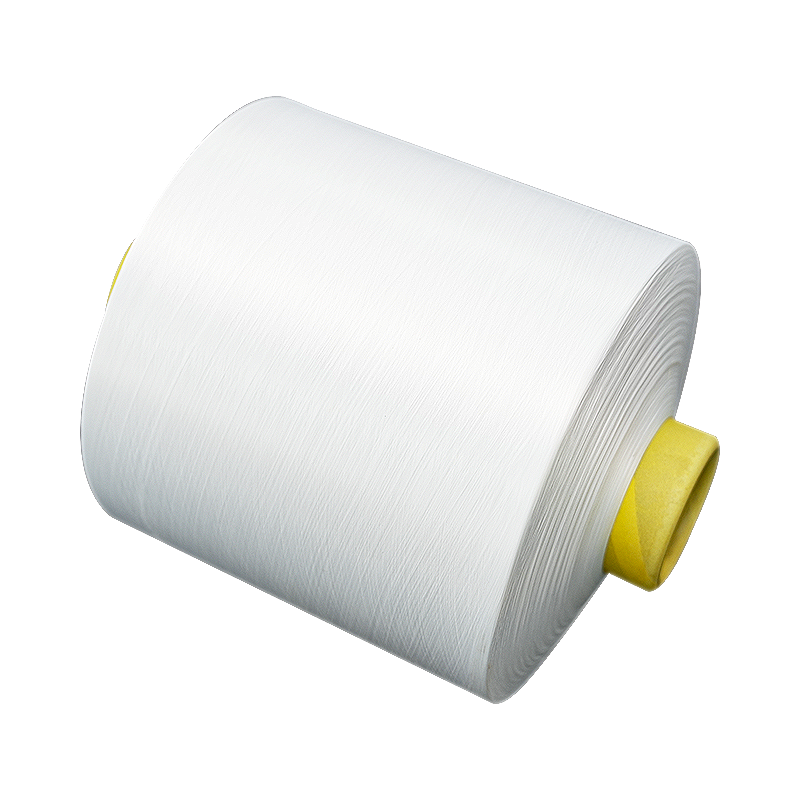
100D Nylon Elastic Yarn has a moderate thickness and good dyeing properties, which can achieve uniform and durable dyeing effects, making textiles bright and long-lasting in color. A yarn frequently u...
See Details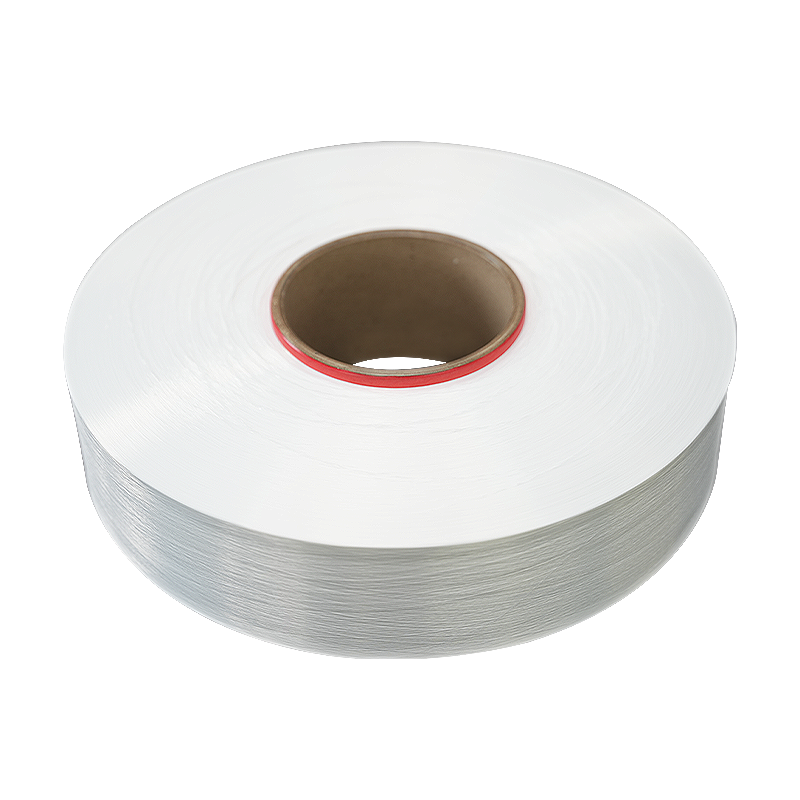
Polyester blended FDY yarn is a standard 50D yarn made from a blend of polyester and nylon. It combines the characteristics of both fibers and has durability and breathability. It has a wide range of ...
See Details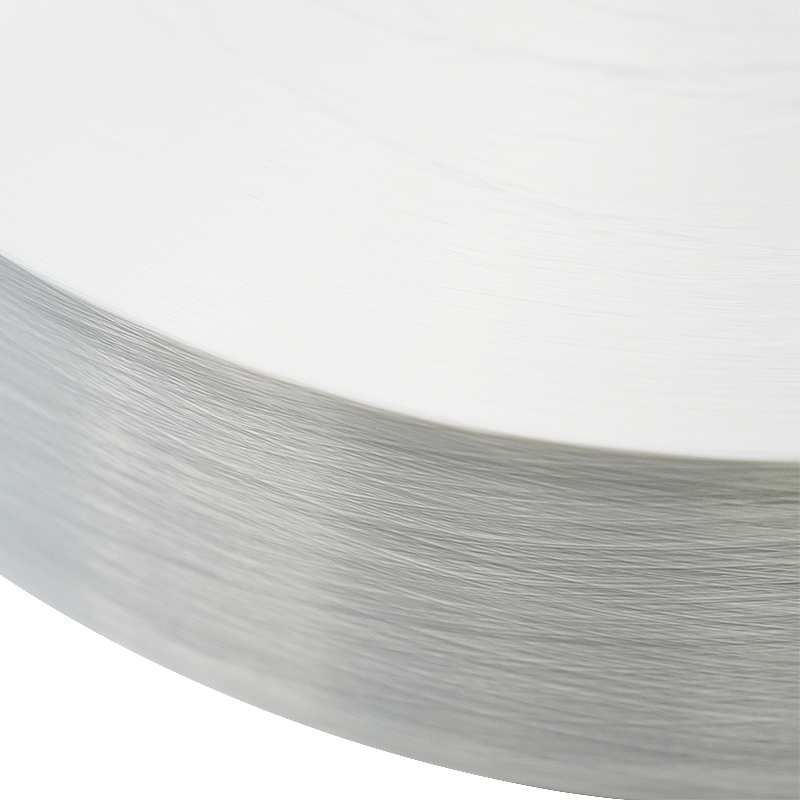
Cooling brushed durable FDY yarn has high durability and is suitable for manufacturing textiles that require wear resistance and durability. It is not easy to wear out after long-term use. Textiles of...
See Details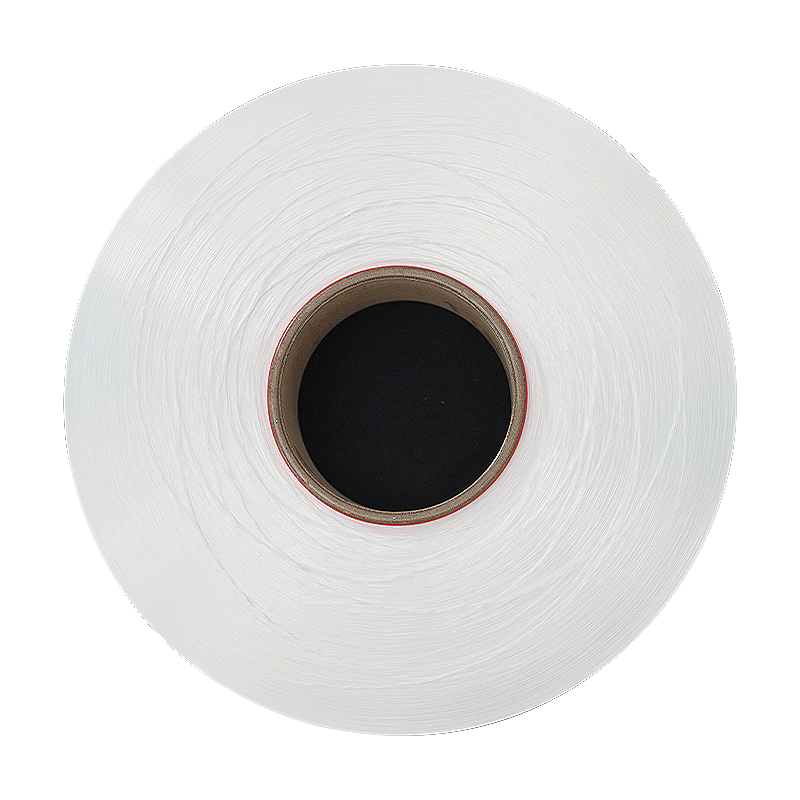
High shrinkage blended polyester yarn has a high shrinkage rate and is suitable for textile manufacturing that requires shrinkage treatment, such as making pleated fabrics or textile shaping. Because ...
See DetailsAddress: Duntou industrial park, haian county, nantong city,jiangsu province ,China.
TEL: +86 15850491859
E-mail: sales-betty@hsnylon.com
If You Are Interested In Our Products, Please Consult Us